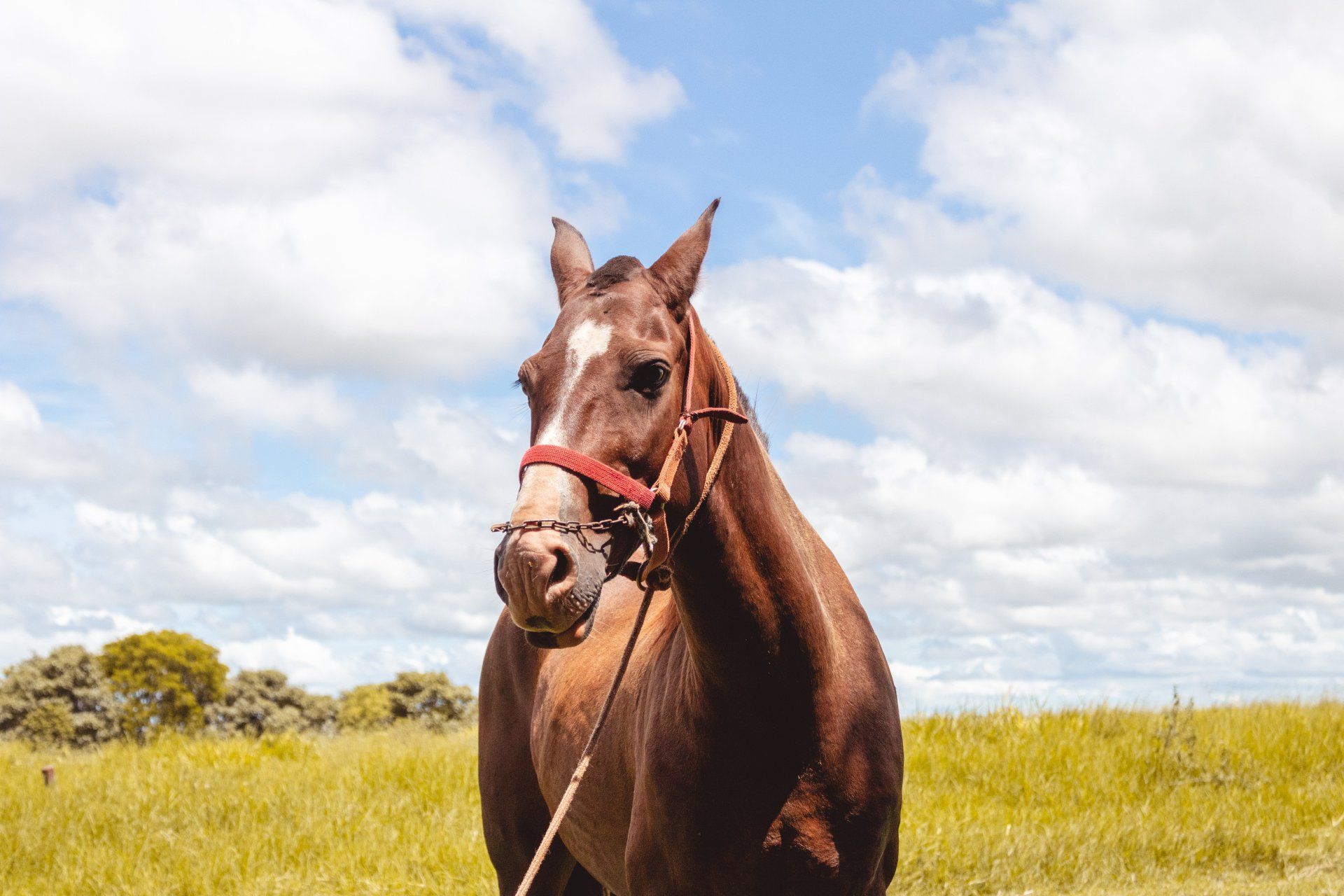March Bovine Health
March Bovine Health
Gabe Middleton DVM
How can activity monitoring systems improve profitability?
Activity monitoring systems are becoming more commonplace on dairy farms. Despite the large investment, many progressive producers see the potential payback for utilizing this technology. These systems are able to effectively monitor rumination time and activity of the cow to determine if she is sick or in heat.
The most common question during the decision making process is “How will the system pay for itself?” That question is not easily answered and is dependent on the current status of the herd as well as the goals.
From a reproductive perspective; if heat detection rate and conception rates are poor, the system may help improve both of those numbers, in turn improving profitability. Changing from a predominantly timed AI program to more of a heat detection type program with an activity monitoring system is probably not going to be the sole method of payback. Reproductive hormone savings will not be substantial enough. If reproductive efficiency is already good, moving an already excellent pregnancy rate up a few percentage points does not results in tremendous financial returns. In other words, reproductive improvement can certainly occur with the installation of activity monitoring systems, but there must be other areas of improvement for the system to be justified financially.
I recently met with Joe, a regular herd health client, who has had an activity monitoring system for the last 2 years. We reviewed his herd data to see how certain metrics compare before and after the implementation of this technology. We found a much quicker payback on the system than we expected. Reproductive efficiency showed improvement, as pregnancy rate went from 24% to 27%. Both conception rate and heat detection rate also improved. The interbreeding interval was reduced as the system found cows to be rebred prior to the cows being enrolled for pregnancy diagnosis. Prior to system installation, the herd used very little timed AI, so reduction of hormone use did not occur, but the return appreciated by seeing decreased days open for the herd.
We also examined culling and death rates. Joe and I were very pleased with the level of improvement in this area. Joe's culling rates went from 32% to 25%. Culling by 30 days in milk went from 6.5% to 3.5%. Death loss was also reduced, going from 6% to 4.4%. There were over 1500 calvings in the data set, so these findings were definitely significant and did not occur just by chance. By reducing culling and death, Joe was able to change the way they managed the farm's heifer inventory. With a reduced cull rate, fewer heifers were needed. A reduction in overall heifer inventory was another significant savings thanks indirectly to the activity monitoring system. In addition, selling of heifers resulted in some increased profits that were not factored into the overall cost savings of the system.
We attributed the reduction in culling and death to both early identification of disease and utilization of group rumination numbers to allow us to make nutritional changes prior to a significant disease outbreak. For example, monitoring group rumination level of pre-fresh and far off dry cows has been tremendously helpful. Without the ability to monitor group rumination, dairies typically wait until transition cow incidence increases before making changes. With rumination data, the ability to see changes before they result in disease is a remarkable benefit. For example, if group ruminations in the prefresh pen are reduced, that issue can be immediately investigated. Some potential reasons include urine pH changes on negative DCAD rations, dry matter changes in forages, energy changes in forages, or mixing errors.
Early identification of disease typically results in improvement of treatment effectiveness. We noticed this occurring in several different areas. Success of DA surgeries was dramatically increased because of rapid intervention. Joe also noticed increased success in treatment of other fresh cow diseases. One area that we needed to fine tune over time was treatment of cows with low rumination levels. Obviously, low rumination itself is not a disease, rather a symptom. Every cow that is sorted for low rumination still needs a thorough physical examination. To avoid overtreatment, we had to adjust protocols so that not every cow received treatment. Some cows appear stable and don’t show specific disease symptoms other than low rumination. We had to be prepared to just monitor those cows. Many recover uneventfully after a day or two.
Joe also noticed that his labor need changed when he installed the activity monitoring system. While every cow needs an exam if she is sorted for low rumination, the need to go out and find the cow is eliminated by an effective sort gate. There is tremendous benefit in allowing skilled labor to do their job and not waste time finding sick cows within the group. Joe was able to expand his dairy and maintain his current labor force thanks to the effectiveness of the system in finding and sorting sick cows.
All of these benefits resulted in reduced direct disease costs and improved treatment and breeding outcomes. There was an obvious payback for that. Ultimately improved peak milks and overall production are what made the system successful for Joe. While the investment was high, he recognized the potential for activity monitoring systems to improve profitability on his dairy. Like any automated dairy system, all of basics of successful dairying still need to be in place for the system to be optimized.












